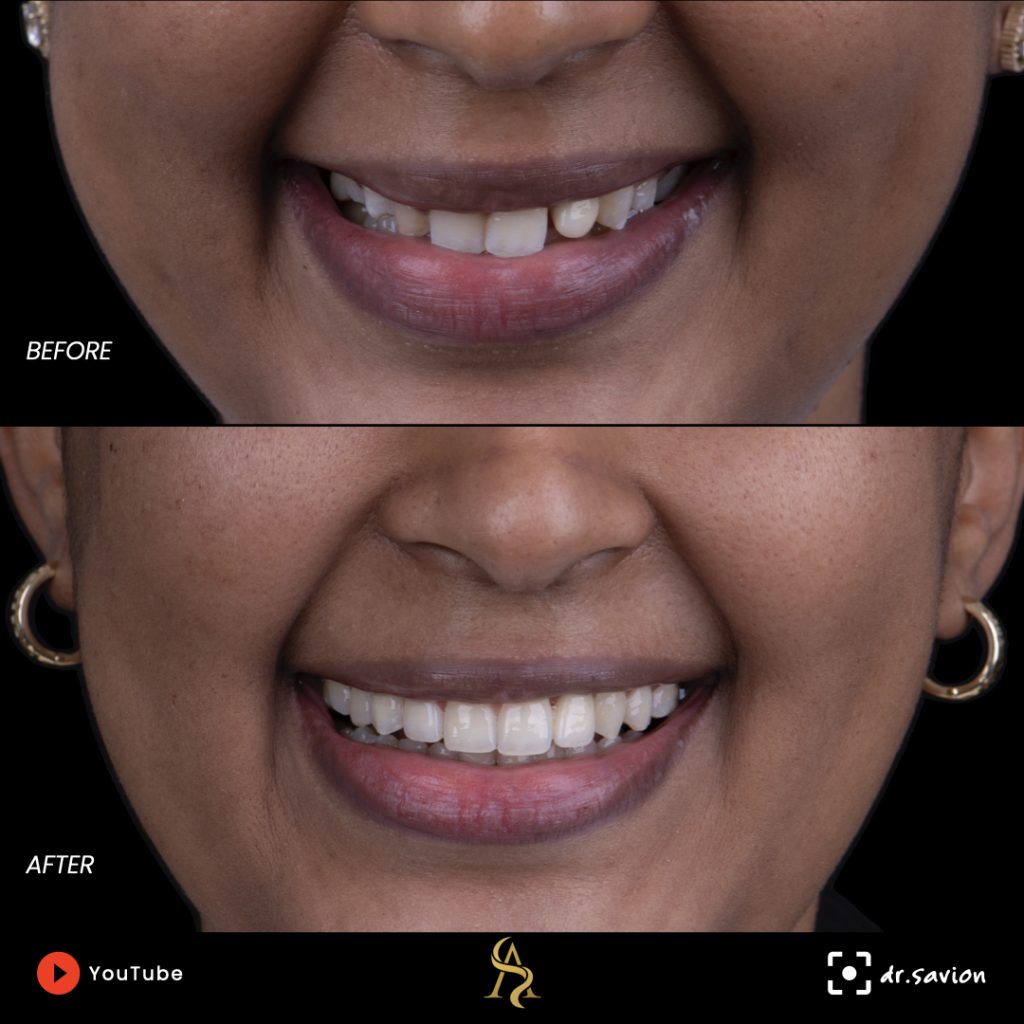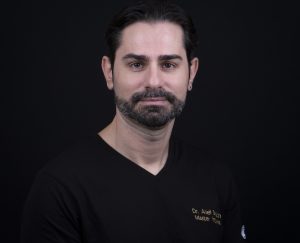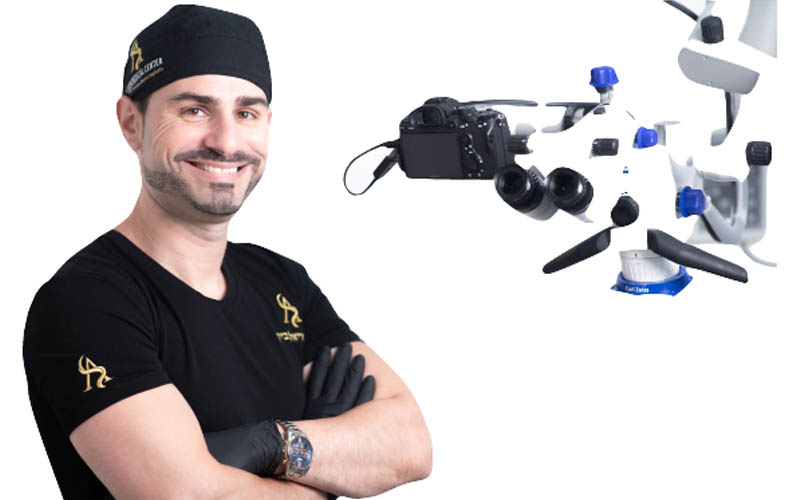What Is Orthodontics and Who Is It For?
Orthodontic treatment is a specialized dental procedure aimed at improving both the appearance of the smile and the functional alignment of the teeth and jaw. It is suitable for children, adolescents, and adults experiencing misaligned teeth, overcrowding, or bite-related issues.
The duration of treatment ranges from a few months to two years, depending on the chosen method. At Savion Medical Center, we offer advanced orthodontic solutions including clear braces, transparent aligners (such as Invisalign), and lingual braces (Incognito), all tailored to individual patient needs.
Dr. Ariel Savyon
Dentist since 2007, holds a double master's degree (Germany) in laser science and implantology (dental implants).
Serves as medical director of the dental corporation "Savyon Medical Center Ltd. Owner of a prestigious study club master_implant, treating dentists in various fields. The only certified instructor in Israel of the World Clinical Laser Institute in the field of laser science in dentistry in Israel.
Dr. Savyon, an opinion leader for leading companies in Israel and around the world, a researcher and international lecturer in the field of laser dentistry, periodontal medicine, and dental implants.
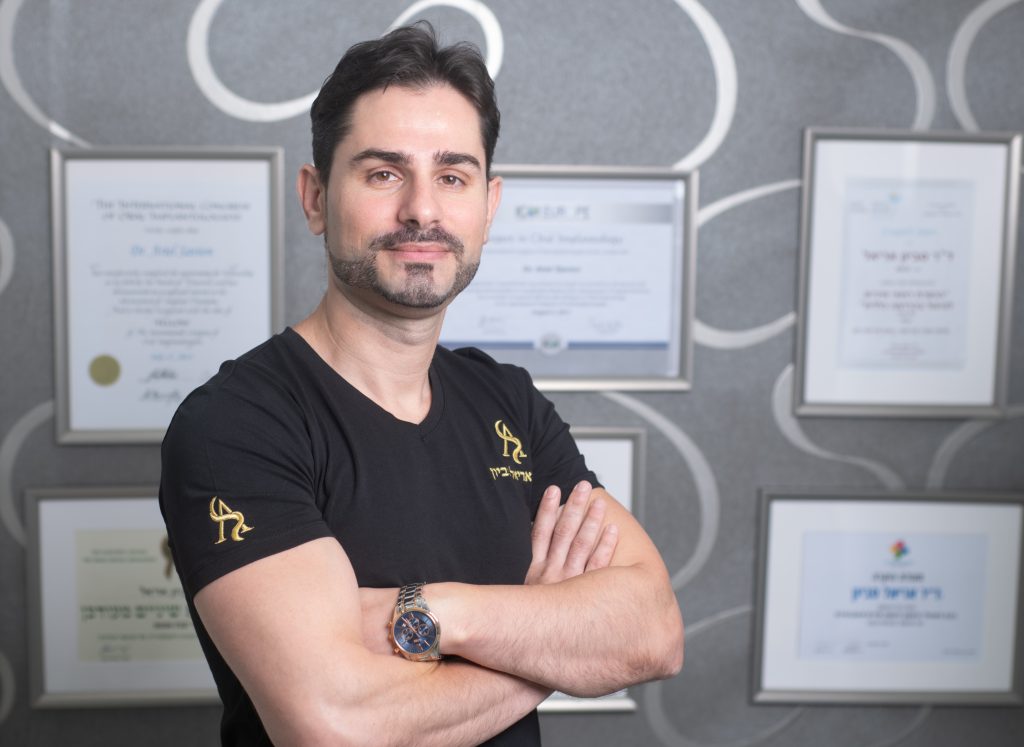
Before & After photos of teeth straightening at Dr. Savyon's clinic
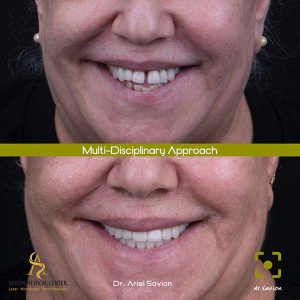
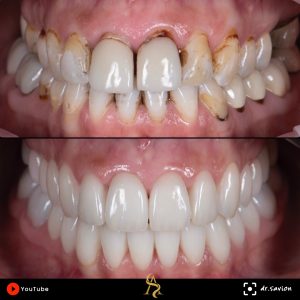
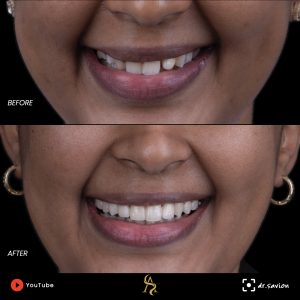
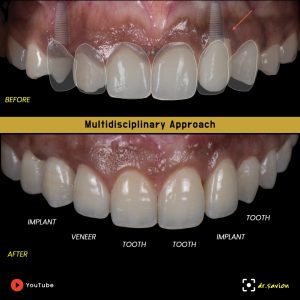

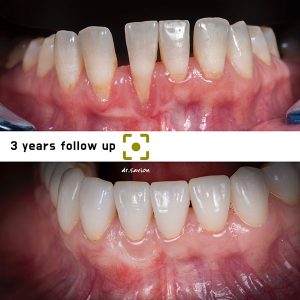
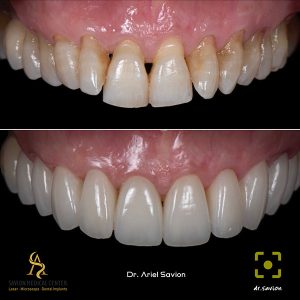
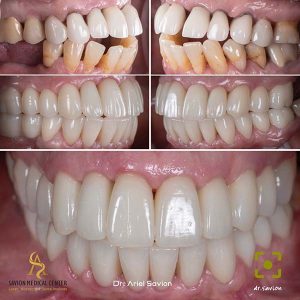
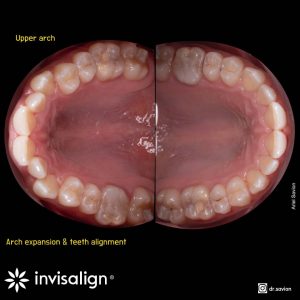
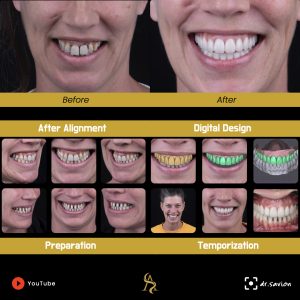
Digital Visualization in Orthodontics
“One of the most exciting and effective tools we use in our clinic is advanced 3D imaging,” explains Dr. Savion. “This system allows patients to see the projected outcome of their treatment before we begin. It provides reassurance and motivation.”
Dr. Ariel Savyon
The ability to preview the final result helps build patient confidence and improves adherence to the treatment plan.
The video shows Dr. Savion using advanced software to precisely align teeth based on jaw and mouth structure:
Orthodontics at Savion Medical Center
At Savion Medical Center, we offer a wide range of orthodontic treatments using the latest technologies. Dr. Savion has completed an additional three-year certification in laser dentistry and has extensive experience using a dental microscope for enhanced precision.
Our dental team uses advanced imaging, laser technology, and magnification to design and perform high-precision treatments, including aesthetic orthodontics. The goal is to provide excellent outcomes that support oral health and help patients return to their normal routine as quickly as possible.
Patients express appreciation for Dr. Ariel Savyon and the clinic team:
Next-Generation Orthodontics
New technologies have significantly improved both treatment efficiency and results. As aesthetics and health continue to be central concerns, modern orthodontic tools make the process smoother and more effective.
Invisible orthodontics, such as clear aligners and low-profile ceramic braces, offer a discreet alternative to traditional metal brackets. One major innovation is the use of 3D digital scanners, which allow precise, customized planning. These scanners produce accurate impressions for aligners or braces, ensuring a personalized fit and enhanced aesthetic outcome.
The AcceleDent system introduces micropulse technology to accelerate tooth movement, potentially reducing treatment time by several months. This not only improves comfort but also minimizes disruption to daily life. AcceleDent and similar tools are now an integral part of contemporary orthodontics.
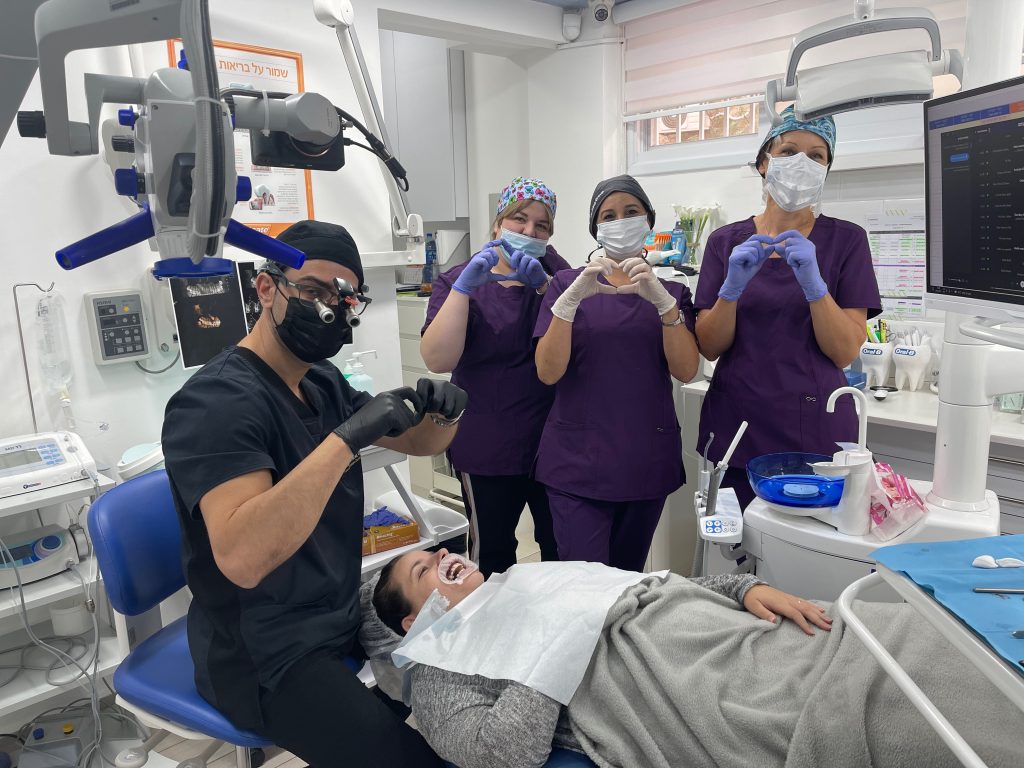
When Is Orthodontic Treatment Recommended?
Orthodontic treatment is beneficial not only for cosmetic reasons but also for various health and functional issues. Common indications include:
Makes it difficult to maintain oral hygiene, increasing the risk of tooth decay and gum disease.
Large gaps between teeth can impair function and affect appearance.
Conditions like open bite or deep bite can cause jaw pain and difficulty chewing.
Orthodontic correction can help distribute bite forces more evenly, reducing damage caused by grinding.
Orthodontics may be part of a broader rehabilitation plan after injury or tooth loss, restoring both function and aesthetics.
Conventional Orthodontics vs. Laser-Assisted Dentistry
Laser is commonly used for gum treatments, whitening, cavity removal, and pain management. The actual alignment of teeth is still performed using methods such as clear aligners or braces. Laser is not used for the mechanical movement of teeth but serve an important role in supportive dental procedures.
| Conventional Orthodontics | Laser-Assisted Dental Treatments | |
| Method of Tooth Movement | Uses metal or ceramic brackets or clear aligners to gradually reposition the teeth | Not used for direct tooth movement; supports orthodontic procedures through complementary treatments |
| Treatment Duration | Typically lasts from several months up to 3 years, depending on individual case and method | Laser treatments may shorten recovery time for certain procedures but are not an alternative to braces |
| Visibility | Metal braces are more noticeable; ceramic brackets and aligners are less visible | Not directly visible, used in gum contouring or soft tissue adjustments |
| Cleaning and Maintenance | Metal brackets require thorough cleaning; clear aligners are easy to clean | Not applicable to cleaning; laser may aid in tissue health during treatment |
| Invasiveness and Discomfort | Mechanical pressure may cause temporary discomfort | Minimally invasive; typically less painful and reduces healing time |
| Role in Aesthetics | Aligners and ceramic braces provide more aesthetic options | Lasers enhance aesthetics by shaping gum tissue or supporting whitening procedures |
Laser in Orthodontic Support
- Precise Soft Tissue Management - Ideal for uncovering impacted teeth or trimming overgrown gums before attaching brackets.
- Pain and Sensitivity Reduction - Low-level laser therapy (LLLT) can reduce discomfort associated with tooth movement by promoting faster healing.
- Faster Recovery and Less Bleeding - Laser use decreases bleeding and accelerates natural healing processes, improving patient experience during treatment.
- Enhanced Customization - Dr. Savion notes that lasers allow for precise adjustments, helping achieve optimal results with less patient discomfort.
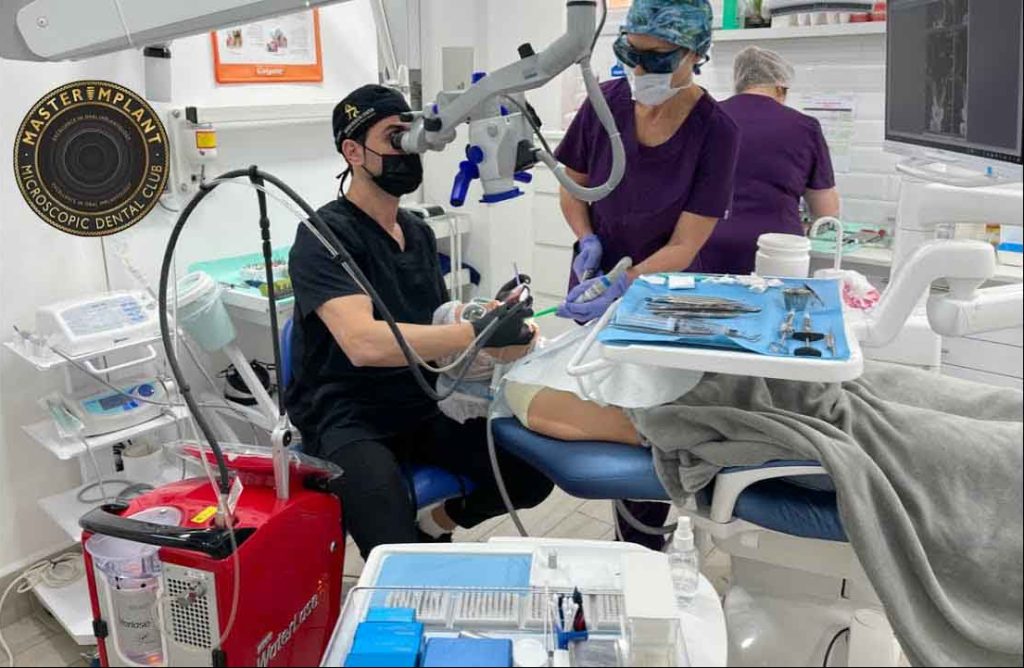
Role of Microscopes in Orthodontic Treatment
The surgical microscope is a great tool at our clinic. It magnifies the treatment area up to 40 times, allowing for highly detailed observation not possible with the naked eye or basic magnification. Key advantages include:
- High Precision - Enables accurate placement of brackets and precise adjustments during treatment.
- Early Detection - Identifies problems like enamel decalcification or root damage early, allowing timely intervention.
- Customized Planning - Enhances treatment planning in complex cases, such as those requiring combined orthodontic and periodontal care.
Are There Risks or Side Effects?
Although the use of advanced technology improves treatment safety and effectiveness, no method is entirely risk-free.
Common in the early stages of treatment or after adjustments; typically subsides quickly.
In rare cases, orthodontic treatment may affect root health. Regular monitoring by a dental professional is essential.
The benefits of incorporating technologies like microscopes and lasers especially in improving precision, comfort, and diagnostics—make them very valuable.

Alternative Orthodontic Solutions
Patients can choose from various options, with the orthodontist’s role being to explain the characteristics, benefits, and implications of each method.
Metal Braces
Description:
The traditional and widely used method. Metal brackets and wires apply controlled force to realign teeth.
Key Advantages:
High durability; excellent for complex cases and severe bite issues.
Considerations:
Less aesthetic; visible in the mouth.
Ceramic Braces
Description:
Similar in structure to metal braces but made from tooth-colored or transparent ceramic materials.
Key Advantages:
Less noticeable than metal braces; good for teens and adults.
Considerations:
More fragile than metal; can stain without proper care.
Clear Aligners (e.g., Invisalign)
Description:
Removable, transparent trays that gradually move the teeth. Each aligner is replaced according to the treatment schedule.
Key Advantages:
Highly aesthetic; removable for eating and cleaning.
Considerations:
Requires strict discipline—must be worn 22 hours per day.
Lingual Braces
Description:
Brackets attached to the inner (lingual) surface of the teeth, hidden from view.
Key Advantages:
Completely invisible from the outside.
Considerations:
May affect speech initially; requires adaptation.
Damon System
Description:
Self-ligating brackets that reduce friction and allow freer tooth movement, often eliminating the need for extractions.
Key Advantages:
Faster treatment in some cases; less pressure on teeth.
Considerations:
May still be visible; cost can be higher.
Laser-Assisted Orthodontics
Description:
Combines standard orthodontic treatment with laser therapy to enhance outcomes and healing.
Key Advantages:
May shorten treatment duration; supports precision and tissue recovery.
Considerations:
Typically used in conjunction with other methods; not a standalone system for tooth movement.
Personalized Approach to Treatment
“At our clinic,” explains Dr. Ariel Savion, “we take a personalized approach to each case. Treatment planning is based on the patient's dental condition, bite structure, lifestyle, age, and personal preferences. Open communication and mutual decision-making between doctor and patient are essential for achieving optimal results.”
Dr. Ariel Savyon
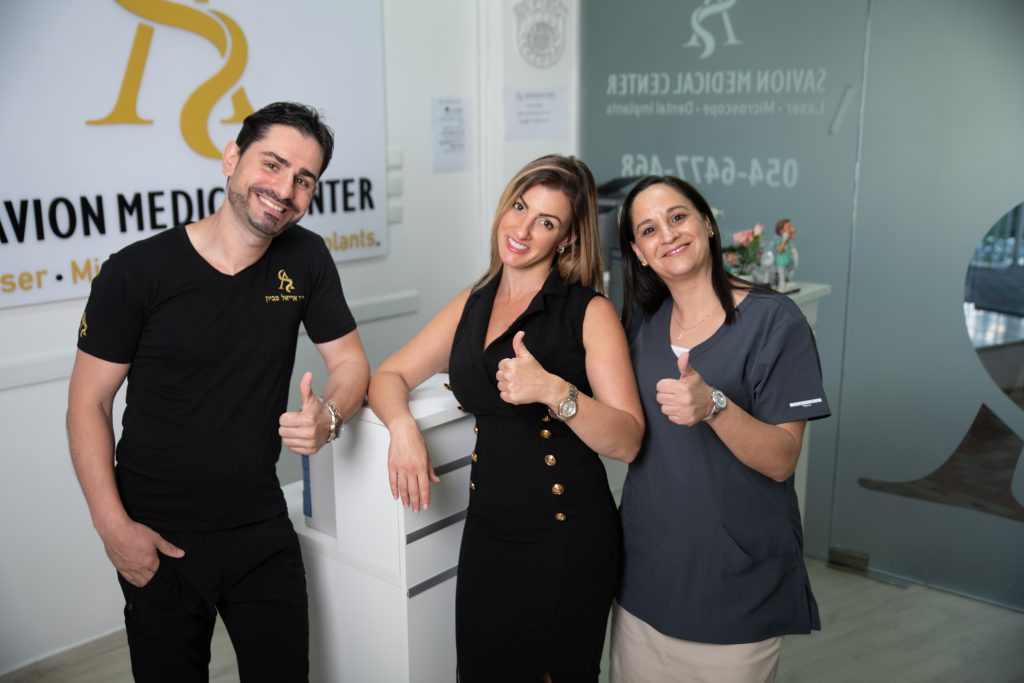
Post-Treatment Care and Maintenance
Proper care after the treatment:
After completing active treatment, patients are typically advised to wear a retainer. Initially, it should be worn full-time, and later only at night, according to the orthodontist’s instructions.
Continue regular brushing and use mouthwash if recommended. Keeping teeth clean prevents plaque buildup and reduces the risk of cavities and gum disease.
Periodic dental cleanings and exams are crucial to monitor oral health and address any new issues promptly.
Nail-biting, chewing pens, or other oral habits can damage enamel or shift teeth. These should be avoided to maintain results.
Orthodontic Treatment for Adults: Effective at Any Age
Orthodontic treatment is not limited to children or adolescents. Adults can also benefit greatly from properly aligned teeth, both in terms of appearance and health. With today's advanced techniques—such as clear aligners, ceramic brackets, and lingual braces—treatment is more discreet and comfortable than ever.
For adults, orthodontic correction can improve aesthetics and confidence, and also enhance oral hygiene by making teeth easier to clean. This reduces the risk of decay, gum disease, and uneven wear.
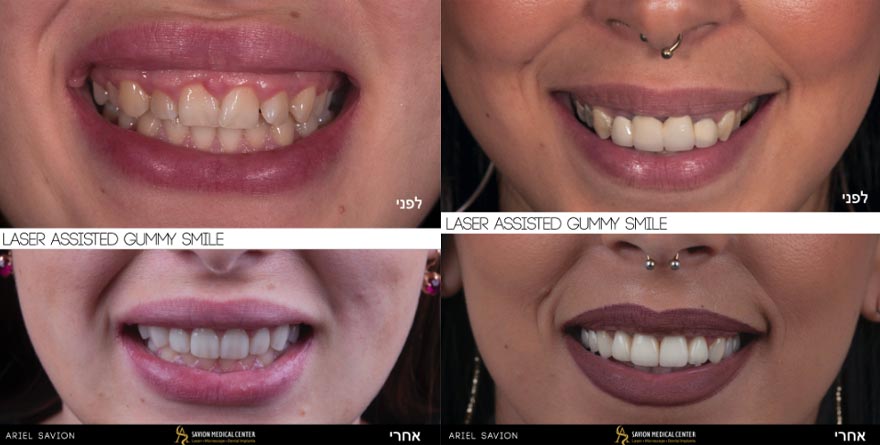
Aesthetic and Functional Benefits of Orthodontics
Orthodontics contributes to both visual and health-related improvements:
Bite Correction
Oral Health
Aesthetics
Choosing the Right Orthodontist
Selecting a qualified orthodontist is one of the most important steps in ensuring successful treatment. Here are key factors to consider:
- Experience - Verify that the practitioner is certified in orthodontics or has extensive experience in treating similar cases.
- Patient Reviews - Recommendations from trusted sources, as well as online reviews, can provide insight into care quality.
- Clinic Visit - Assess cleanliness, professionalism, and communication during an in-person consultation.
- Treatment Options - Ensure the clinic offers the specific systems you are interested in (like Invisalign, ceramic braces).
- Personalized Care - A comfortable, respectful environment with clear explanations is essential for good treatment experience.
- Use of Modern Technology - Clinics that utilize up-to-date tools and software tend to offer more efficient and precise care.
Complementary Aesthetic Treatments After Orthodontics
To achieve the best possible smile, orthodontic treatment may be combined with additional aesthetic procedures:
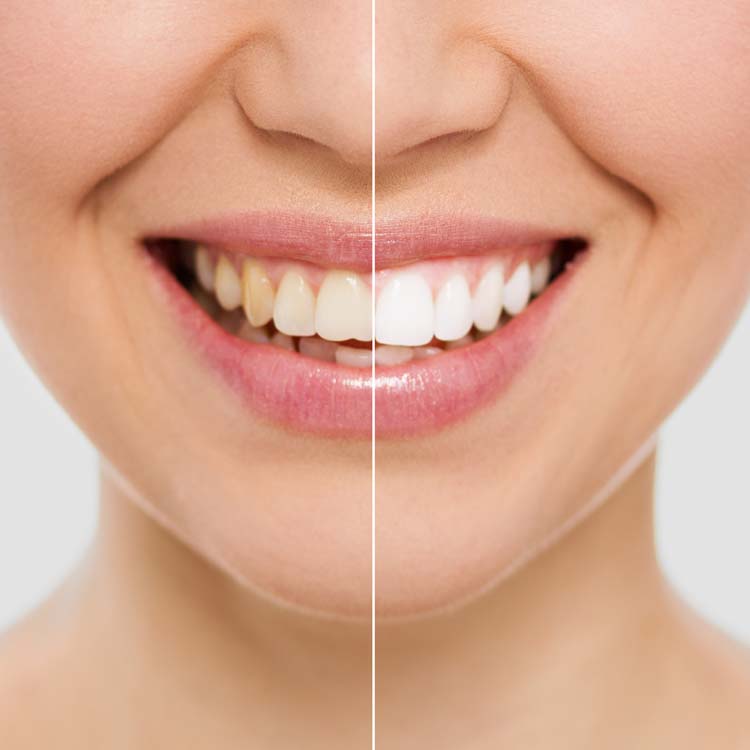
Teeth Whitening
After braces or aligners are removed, professional whitening can eliminate stains and brighten the smile. This is especially helpful for discoloration due to aging, smoking, or dietary habits.
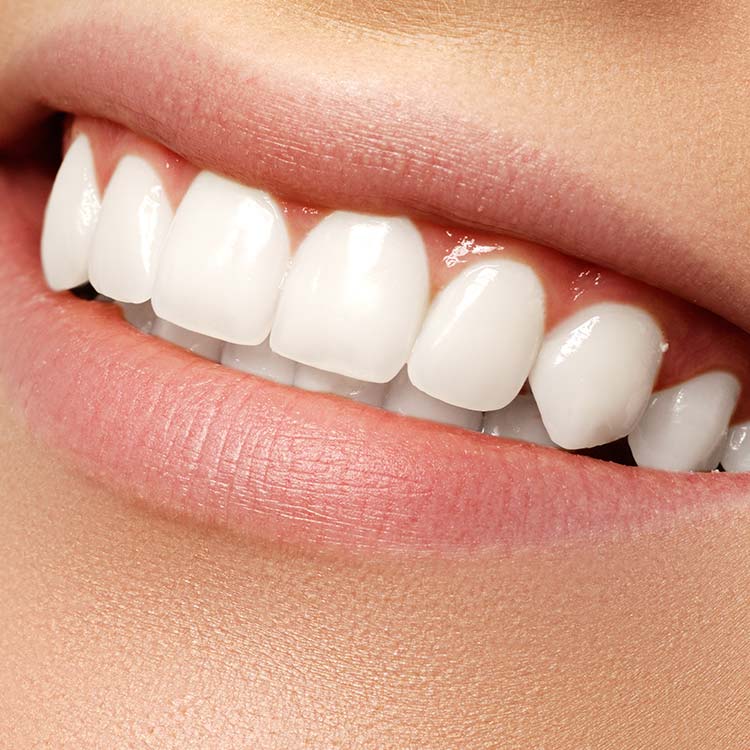
Porcelain Veneers
Custom-made veneers are bonded to the front of teeth to improve their appearance. They are used to correct chips, gaps, and stubborn stains, offering a natural, uniform look.
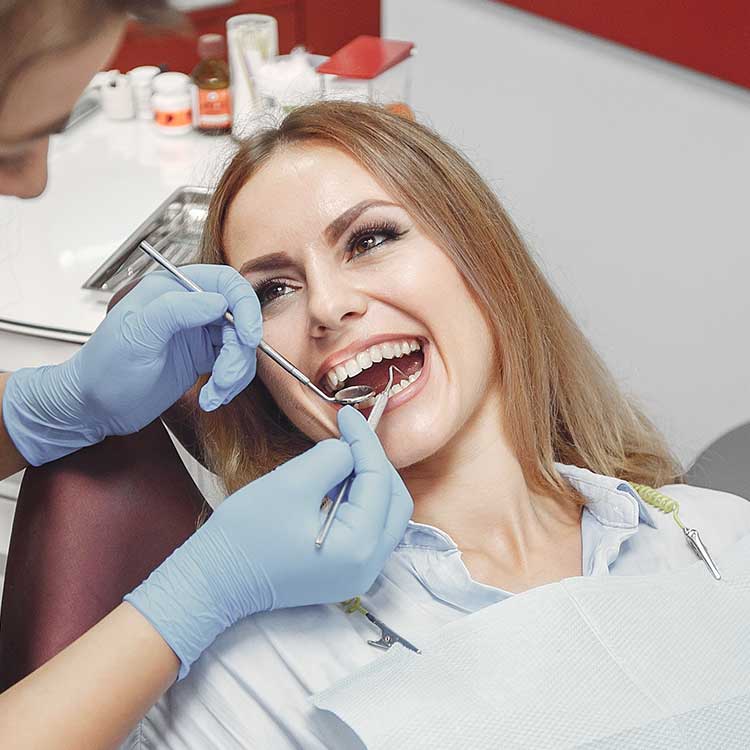
Gum Contouring
A cosmetic procedure used to reshape the gum line, correct asymmetry, or reduce gum overgrowth, enhancing smile harmony.
FAQ
This depends on the nature of your dental issue and aesthetic preferences.
| Metal Braces | Clear Aligners (Invisalign) | Lingual Braces | Ceramic Braces | |
| Suitability | Effective for complex cases | Best for mild to moderate crowding or gaps | Suitable for those who want full discretion | Good for those seeking a less visible option |
| Visibility | Most visible | Nearly invisible | Completely hidden | Less visible than metal |
| Comfort | May cause irritation initially | Comfortable, removable | May affect speech at first | Generally comfortable, but more fragile |
| Discipline Required | Fixed—no patient discipline required | Requires 20–22 hours/day wear | Fixed—no discipline required | Fixed—no discipline required |
| Treatment Duration | Typically 1.5–3 years | Can be shorter depending on compliance | Similar to metal braces | Similar to metal braces |
| Cost | Generally more affordable | Higher cost depending on complexity | Higher cost due to customization | Mid-range cost |
- Early Evaluation – It's recommended to schedule the first orthodontic assessment before adolescence to catch issues early.
- Benefits of Early Treatment:
- Guides proper teeth and jaw development
- Prevents severe crowding or spacing issues
- Supports better oral hygiene
- Boosts self-esteem and social comfort





